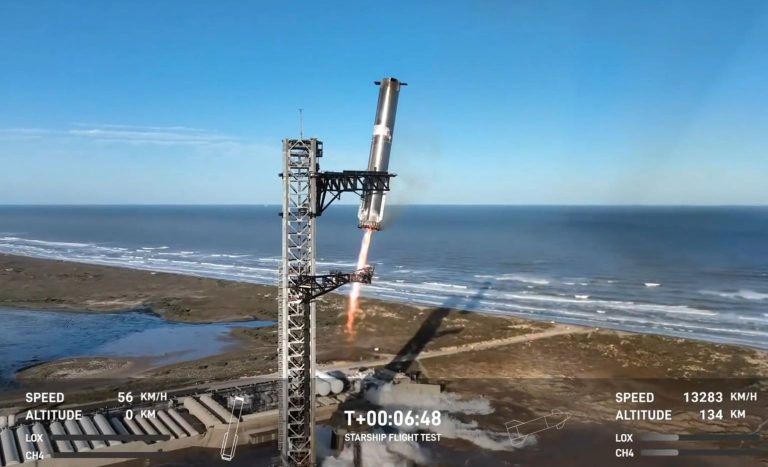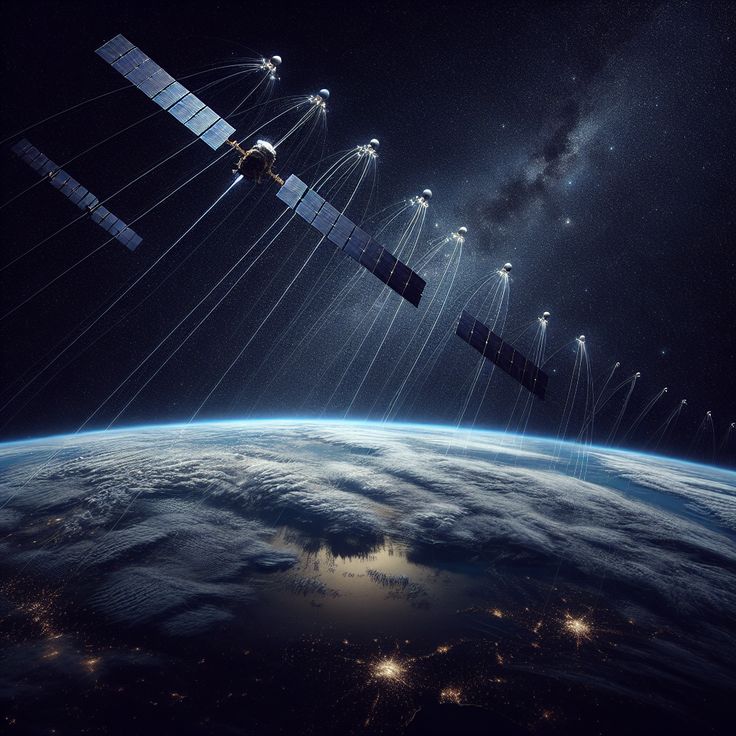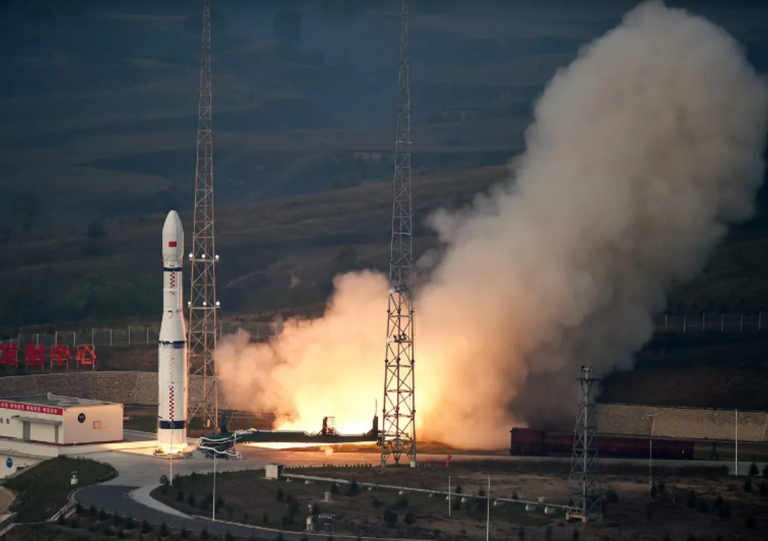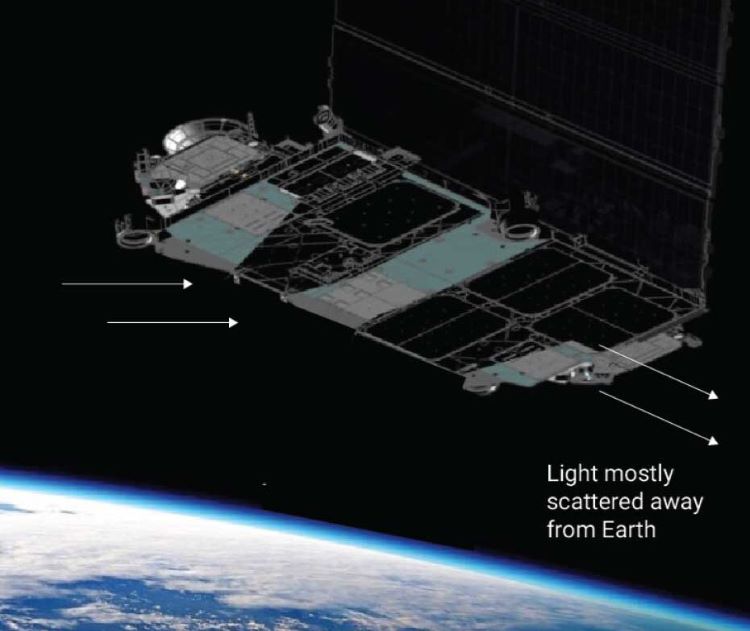Portability Starlink: Understanding the Game-Changing Feature
Starlink’s Portability feature, introduced in May 2022, allowed users to take their satellite internet service on the go. However, as of March 2023, this add-on is no longer available for new U.S. customers. For those still using it, or looking for more details, this article covers everything you need to know about how the feature worked, including its costs, restrictions, and performance.
Summary
- What is Starlink Portability?
A feature that allowed users to take their Starlink dish anywhere within their continent for an additional $25/month. - Costs and Charges:
The Portability feature came with an extra $25/month charge, stacked on top of the standard residential service fee. - Performance:
The performance was similar to the Starlink Roam plan, with speeds ranging from 5-50 Mbps download and 2-10 Mbps upload. - Limitations:
Portability had restrictions like no use outside the continent and no use on moving vehicles. - How to Enable or Disable:
A straightforward process through your Starlink account. - Starlink Roam vs Portability:
Starlink Roam is now the primary solution for portable internet outside the fixed service address.
Introduction
In the ever-changing world of internet technology, Starlink has been at the forefront of providing satellite internet access to users globally. One of the most significant features introduced by Starlink was Portability Mode, launched in May 2022. This feature allowed users to take their Starlink dish anywhere within their continent, offering unprecedented flexibility and convenience. While Portability has now been discontinued for new U.S. customers as of March 2023, it is still a valuable feature for those who had already activated it.
In this article, we will dive deep into the details of Starlink Portability: its features, costs, limitations, and how it compares to other Starlink offerings, such as Starlink Roam.
What is the Portability Add-On?
Portability was designed for Starlink Residential customers who needed to use their internet service outside of their home address. The feature transformed their service into a more flexible version known as the Roam (previously RV) service. With Portability, users could take their Starlink dish and use it in different locations, offering the freedom to have internet access while traveling or camping.
Portability allowed Starlink customers to use their dish anywhere within their registered continent. However, it came with some restrictions, like the inability to move across continents or use the dish while in motion.
How Much Does Starlink Portability Cost?
The Portability add-on was available for an additional $25 per month on top of the regular Starlink Residential service fee. This additional fee would be billed in the following cycle after the feature was enabled.
Example of Costs:
- Starlink Residential Plan: $110/month (standard fee)
- Starlink Portability: $25/month (additional feature)
If you activated Portability, your monthly fee would total $135/month until you decided to deactivate it.
It is important to note that the Portability fee was applied continuously until the user removed the feature, unlike other Starlink plans that allow users to pause the service.
Restrictions and Limitations of Starlink Portability
While Portability offered great flexibility, there were a few limitations to consider:
- Continental Use Only
The Portability add-on was limited to users moving within the same continent as their registered service address. If you wanted to use Starlink internationally, you would have to use a Starlink Roam plan. - No Use on Moving Vehicles
The service did not support use on moving vehicles, such as RVs or boats. For this type of use, customers needed the Starlink Roam plan, which offers more advanced hardware, including the Flat High-Performance Dish. - Service Address Update After Two Months
If a user stayed in one location for more than two months, they were required to update their service address to reflect their new location. This was particularly important for international travelers.
Performance of Starlink Portability
The performance of Starlink Portability was similar to the Starlink Roam plan. Users could expect:
- Download Speeds: 5-50 Mbps
- Upload Speeds: 2-10 Mbps
However, users in Portability mode may experience slower speeds during periods of network congestion due to deprioritization. This is because Starlink prioritizes users who are in their fixed service address area. In certain regions, especially during high demand, users could experience performance fluctuations.
How to Enable and Disable Portability Mode
Enabling and disabling Portability Mode was straightforward. Here’s how to do it:
Enabling Portability:
- Log in to your Starlink account on Starlink.com.
- Navigate to “Your Starlinks” and click on “Manage”.
- Select “Add Portability” from the left-hand menu.
- Confirm the $25 monthly fee and click “Add Portability” to activate the feature.
Disabling Portability:
- Log in to your Starlink account on Starlink.com.
- Go to “Your Starlinks” and click on “Manage”.
- Choose “Remove Portability” from the menu.
- Confirm the decision and click “Remove Portability” to deactivate the feature.
While Starlink’s Portability Mode has been discontinued for new users in the U.S., it remains a game-changer for those who had access to it. Whether traveling, camping, or living a nomadic lifestyle, Portability provided the convenience of taking the internet with you. However, Starlink Roam now offers more flexibility and is the preferred alternative for new U.S. users seeking portable internet solutions.
As internet technology evolves, Starlink continues to innovate, providing reliable and flexible internet solutions for a variety of user needs.
Frequently Asked Questions (FAQs)
1. Can I Use Starlink Anywhere?
Yes, as long as you have either Starlink Portability or the Starlink Roam plan, you can use Starlink anywhere within your coverage area.
2. How Long Does it Take for Portability to Take Effect?
Portability becomes active immediately after enabling it on your account.
3. What is the Difference Between Starlink Roam and Portability?
While both options offer mobility within a continent, Starlink Roam is more flexible. You can pause and unpause Starlink Roam, whereas Portability has a fixed monthly fee.
4. Can I Pause My Starlink Service?
No, the Residential plan with Portability cannot be paused. If you only need seasonal service, Starlink Roam is the better option.
5. Does Portability Mode Work Internationally?
No, Portability is restricted to the same continent as your registered service address. For international use, Starlink Roam is necessary.
6. Does Portability Work While in Motion?
No, Portability does not support use on moving vehicles. For such use, Starlink Roam with the Flat High-Performance Dish is the appropriate solution.












